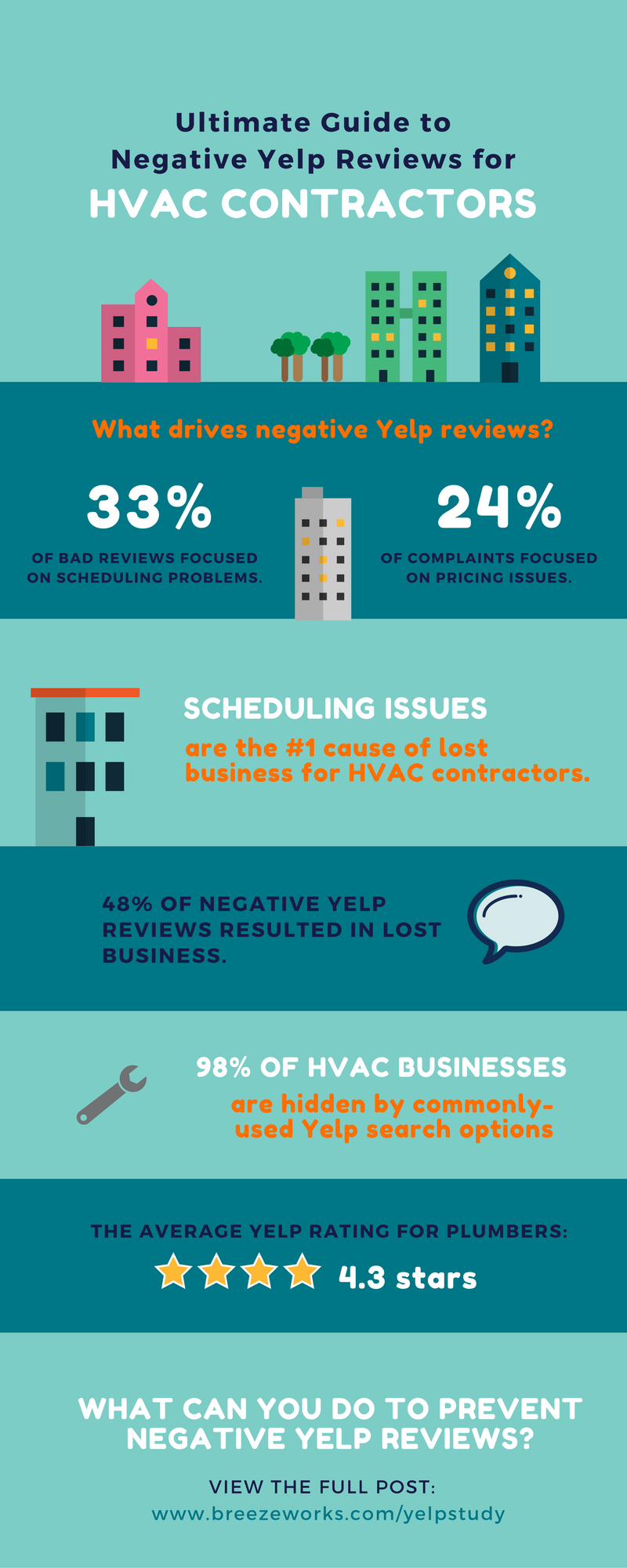Exactly How Climatic Aspects Affect Heat Pump Workflow And Practical Steps To Address These Obstacles
Exactly How Climatic Aspects Affect Heat Pump Workflow And Practical Steps To Address These Obstacles
Blog Article
Content Writer-Creech Ogle
When it involves your heat pump, weather plays a vital role in its performance. From freezing temperatures to sweltering heat, each aspect can influence how successfully your system operates. But what can you do to combat these weather-related challenges and ensure your heatpump is working at its best? Stay tuned to discover click for info and techniques to optimize your heat pump's efficiency, despite the weather conditions it faces.
Weather Elements Affecting Heatpump Performance
Weather elements have a considerable influence on the efficiency of heat pumps. One crucial element is temperature. Heatpump function by moving heat from outside to within during winter months and vice versa in summer. As temperatures drop, it comes to be harder for the heat pump to remove warm from the outdoors air, reducing its efficiency.
Another key element is humidity. High humidity levels can make it extra difficult for the heat pump to launch warm throughout the cooling procedure.
Furthermore, wind speed contributes. Solid winds can dissipate the warm taken in or launched by the heatpump, impacting its overall performance.
Tips for Optimizing Heat Pump Performance
To boost the performance and long life of your heatpump, applying a few essential methods can make a considerable distinction in its efficiency.
To start with, ensure regular maintenance by cleaning or changing filters every 1-3 months to prevent airflow obstructions and maximize air movement. In addition, routine annual expert inspections to find and attend to any potential problems early on.
Optimal thermostat settings additionally play a vital duty. During Recommended Web-site , go for a temperature level setup that's as low as comfy, and during the summer, established it as high as comfy to decrease the workload on your heat pump. Making use of a programmable thermostat can help you immediately readjust setups based upon your routine.
In addition, securing leaks in ductwork and shielding air ducts in unconditioned spaces can stop power loss and improve total system effectiveness.
Last but not least, consider installing a wise thermostat that can learn your routines and readjust settings accordingly, further enhancing your heat pump's performance. By adhering to these tips, you can ensure your heat pump runs efficiently and successfully throughout the year.
Best Practices for Weatherproofing Your Heat Pump
For optimal performance and efficiency of your heat pump, implementing weatherproofing steps is important. Begin by securing any kind of gaps or fractures around doors, home windows, and ductwork to avoid warm loss and preserve a consistent interior temperature level.
Insulate subjected pipes and air ducts to prevent freezing during winter and guarantee correct air flow. Think about mounting a safety cover over the outdoor system to shield it from severe climate components like snow, ice, and debris.
Regularly clean the exterior system to eliminate dust, leaves, and debris that can obstruct air flow and lower effectiveness. Furthermore, maintain the location around the heatpump free from snow, ice, and greenery to permit correct ventilation.
Final thought
Now that you understand how weather affects your heat pump efficiency, you can take positive actions to enhance its efficiency. By adhering to the pointers detailed in this post, such as regular maintenance, thermostat adjustments, and weatherproofing steps, you can make sure that your heat pump operates at its finest despite the weather. Keep ahead of the game and keep your home comfy all the time.
